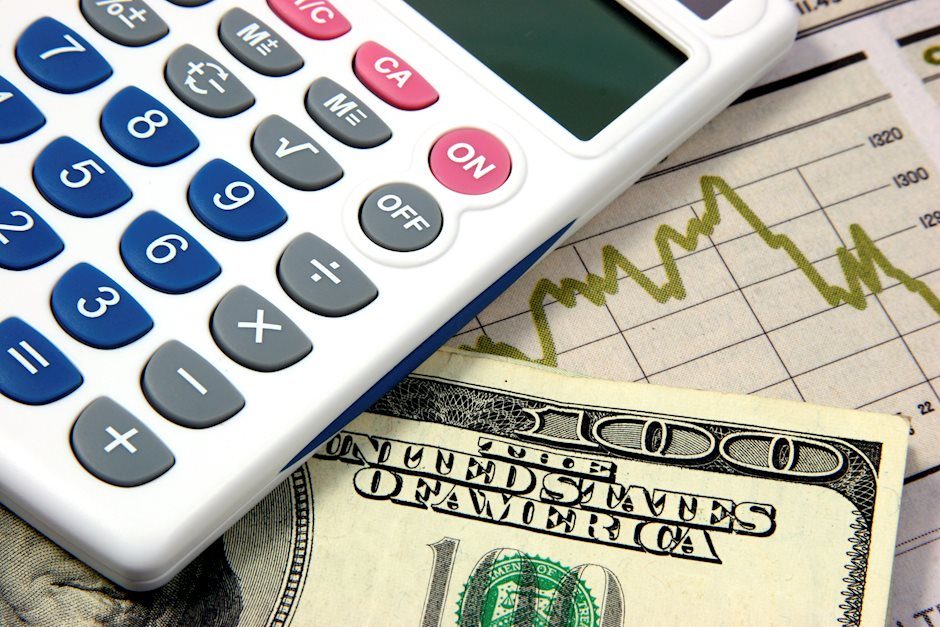US Dollar advances as markets give up hopes of sooner cuts by the Fed
- DXY Index is trading near 104.00, up for Thursday’s session.
- Core PCE Price Index matched predictions.
- Markets continue delaying rate cuts from the Fed, which favors the Greenback.

The US Dollar Index (DXY) is trading near 104 and keeps gaining traction due to markets delaying rate cuts from the Federal Reserve (Fed). Datawise, Personal Consumption Expenditures (PCE) showed no surprises.
As long as the US does not show conclusive evidence of inflation coming down, the Fed won’t rush to cut rates. In addition, the markets are aligned with the bank’s forecasts and are now expecting 75 bps of easing in 2024, starting in June.
Daily digest market movers: US Dollar holds gains, PCE decelerated as expected in January
- The US Bureau of Economic Analysis announced on Thursday that the inflation rate in the US, gauged by the yearly change in the Personal Consumption Expenditures (PCE) Price Index, fell to 2.4% in January from 2.6% in December.
- The Core PCE Price Index climbed by 2.8% over the year, also meeting expectations.
- As the US economy doesn’t show conclusive evidence of inflation coming down, the markets are pushing the start of easing to June, while the odds of a cut in March and May remain low.
Technical analysis: DXY Bulls make a move to reclaim 100-day SMA
The indicators on the daily chart reflect a positive shift in buying momentum. Initially, the Relative Strength Index (RSI) exhibits a positive slope, and being in positive territory indicates a strengthening bullish trend. However, the Moving Average Convergence Divergence (MACD) shows flat red bars, hinting toward potential bearish pressure, where selling activity might prevail, though not necessarily resulting in a trend shift.
In the broader technical landscape, despite the underlying bearish pressure that has pushed the pair below the 20-day Simple Moving Average (SMA), the positioning above the 100 and 200-day SMAs suggests that buyers still have the upper hand in this play.
Fed FAQs
What does the Federal Reserve do, how does it impact the US Dollar?
Monetary policy in the US is shaped by the Federal Reserve (Fed). The Fed has two mandates: to achieve price stability and foster full employment. Its primary tool to achieve these goals is by adjusting interest rates.
When prices are rising too quickly and inflation is above the Fed’s 2% target, it raises interest rates, increasing borrowing costs throughout the economy. This results in a stronger US Dollar (USD) as it makes the US a more attractive place for international investors to park their money.
When inflation falls below 2% or the Unemployment Rate is too high, the Fed may lower interest rates to encourage borrowing, which weighs on the Greenback.
How often does the Fed hold monetary policy meetings?
The Federal Reserve (Fed) holds eight policy meetings a year, where the Federal Open Market Committee (FOMC) assesses economic conditions and makes monetary policy decisions.
The FOMC is attended by twelve Fed officials – the seven members of the Board of Governors, the president of the Federal Reserve Bank of New York, and four of the remaining eleven regional Reserve Bank presidents, who serve one-year terms on a rotating basis.
What is Quantitative Easing (QE) and how does it impact USD?
In extreme situations, the Federal Reserve may resort to a policy named Quantitative Easing (QE). QE is the process by which the Fed substantially increases the flow of credit in a stuck financial system.
It is a non-standard policy measure used during crises or when inflation is extremely low. It was the Fed’s weapon of choice during the Great Financial Crisis in 2008. It involves the Fed printing more Dollars and using them to buy high grade bonds from financial institutions. QE usually weakens the US Dollar.
What is Quantitative Tightening (QT) and how does it impact the US Dollar?
Quantitative tightening (QT) is the reverse process of QE, whereby the Federal Reserve stops buying bonds from financial institutions and does not reinvest the principal from the bonds it holds maturing, to purchase new bonds. It is usually positive for the value of the US Dollar.
Author

Patricio Martín
FXStreet
Patricio is an economist from Argentina passionate about global finance and understanding the daily movements of the markets.

















